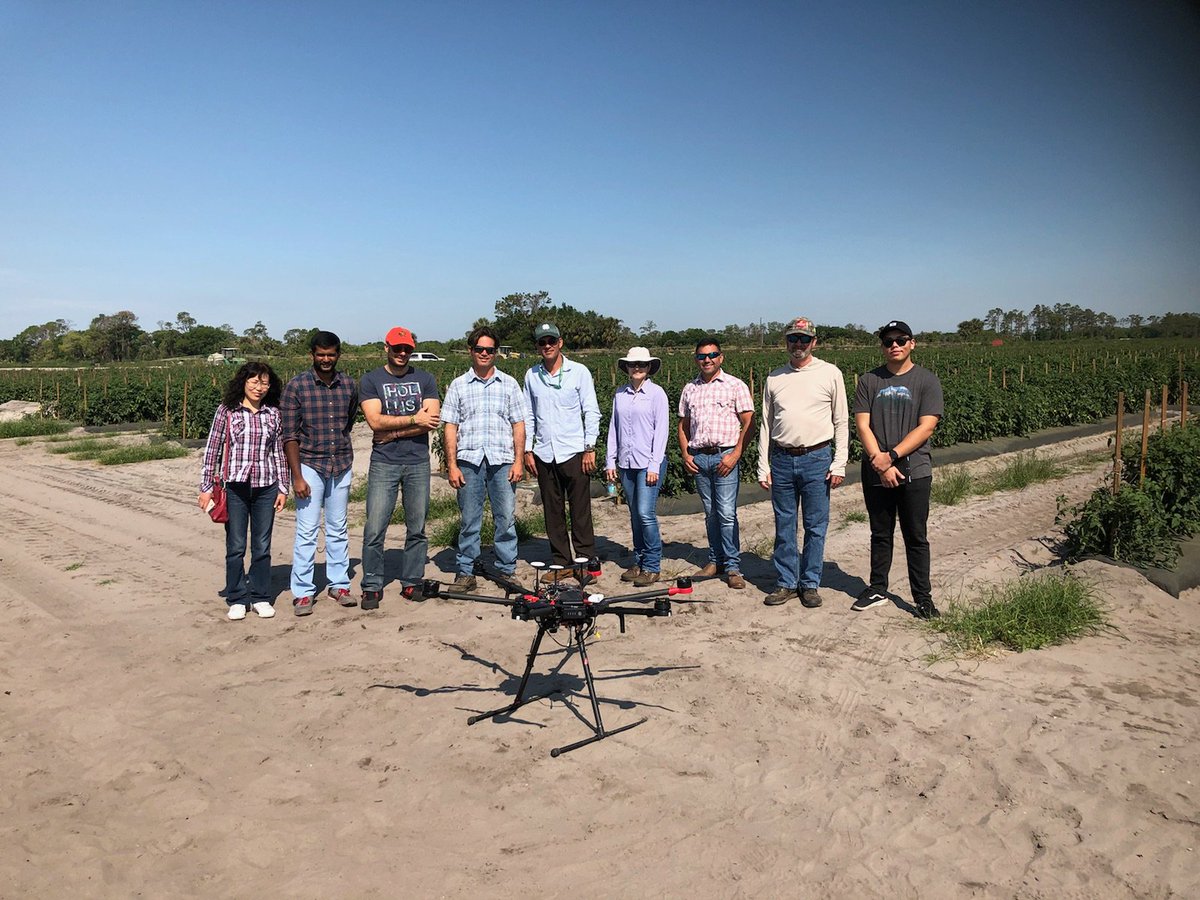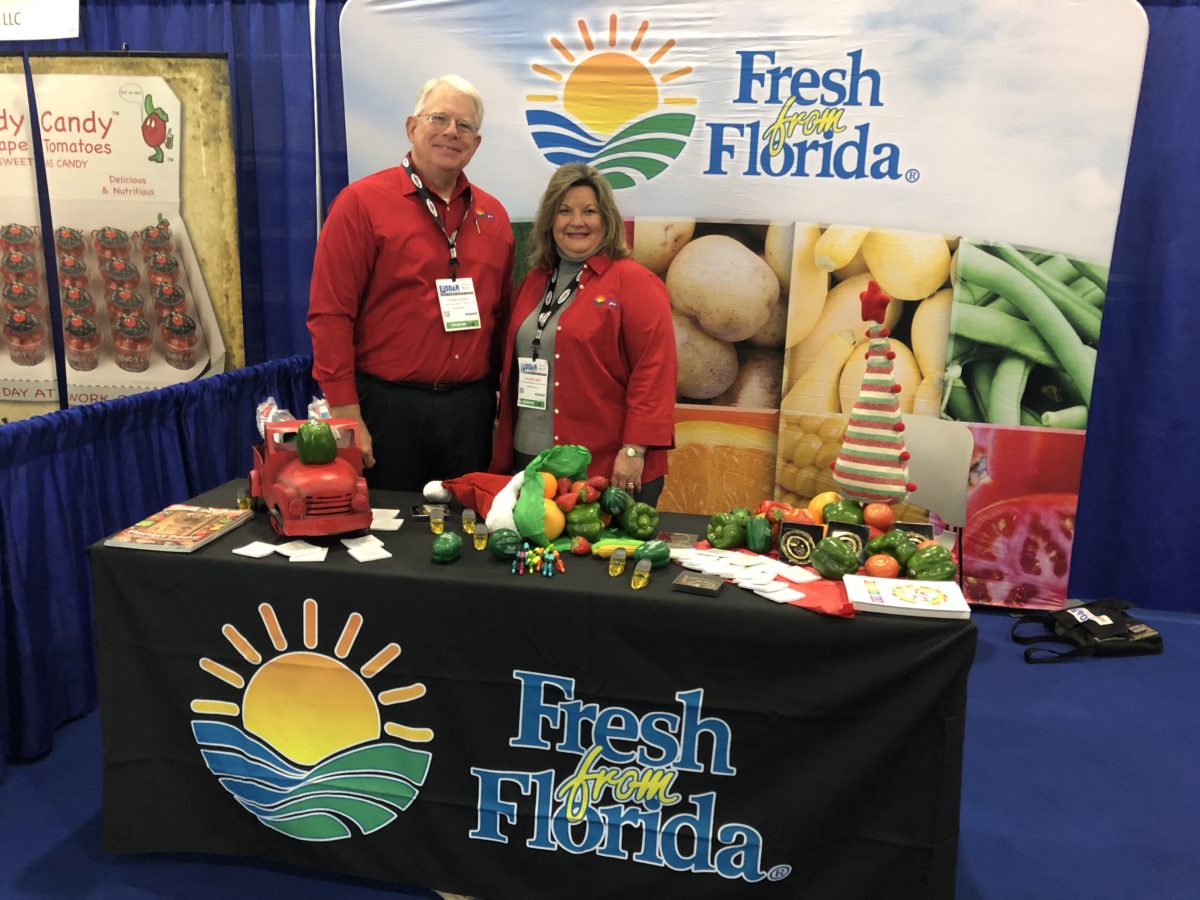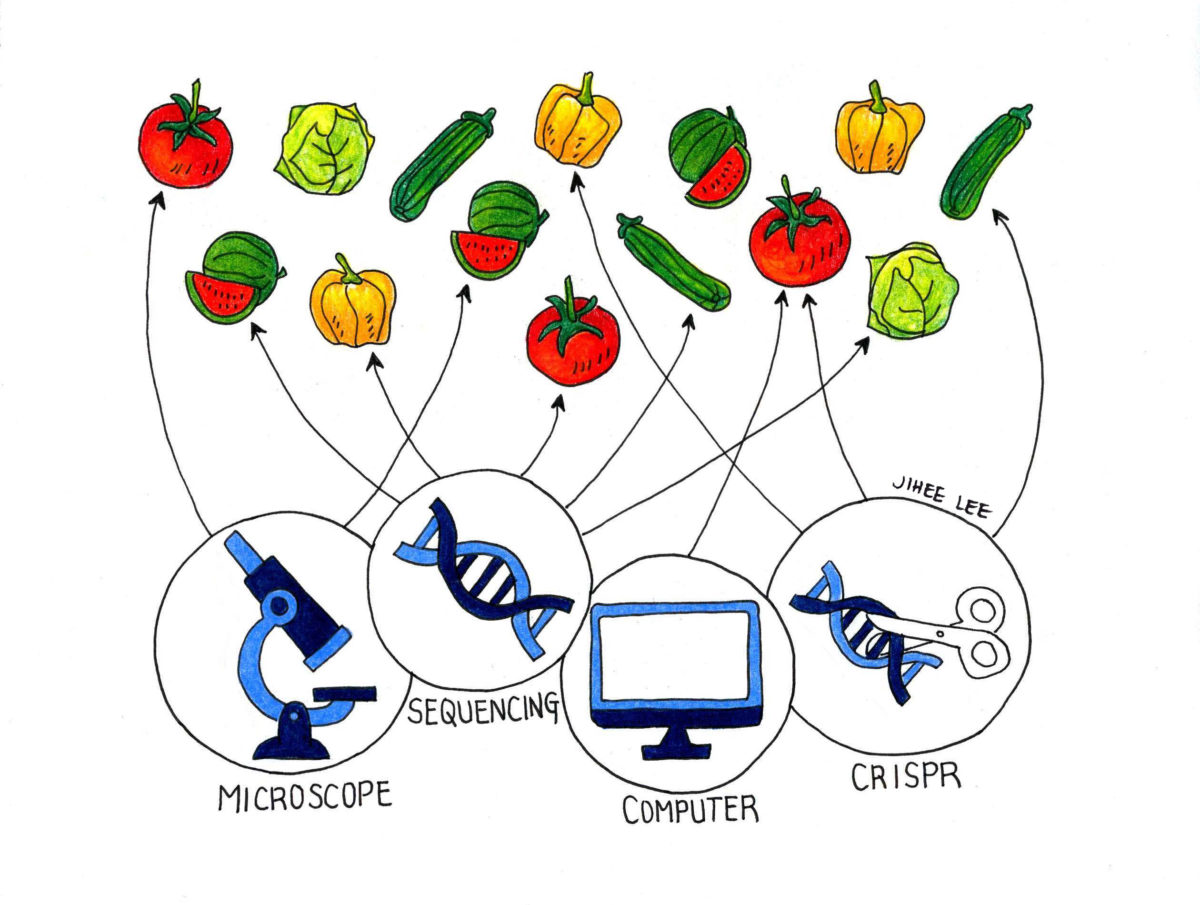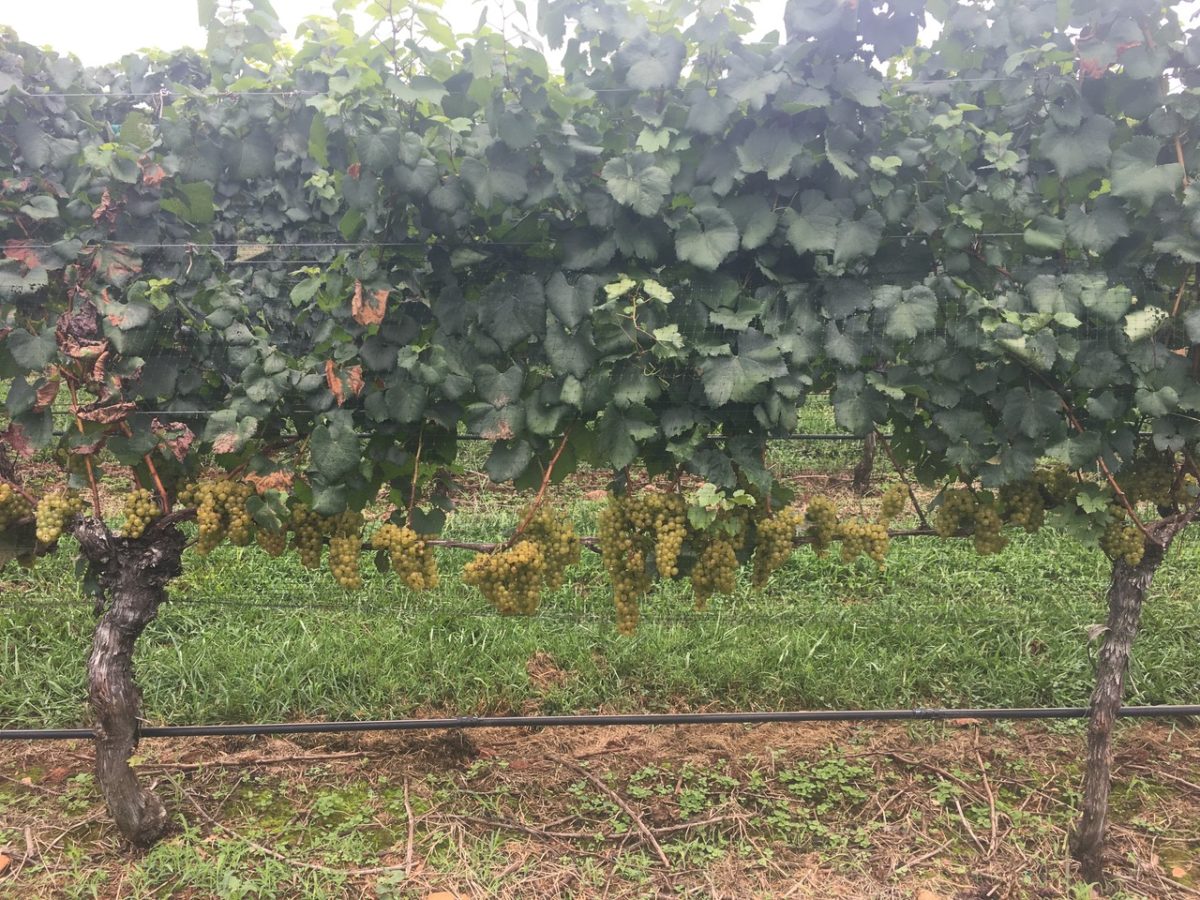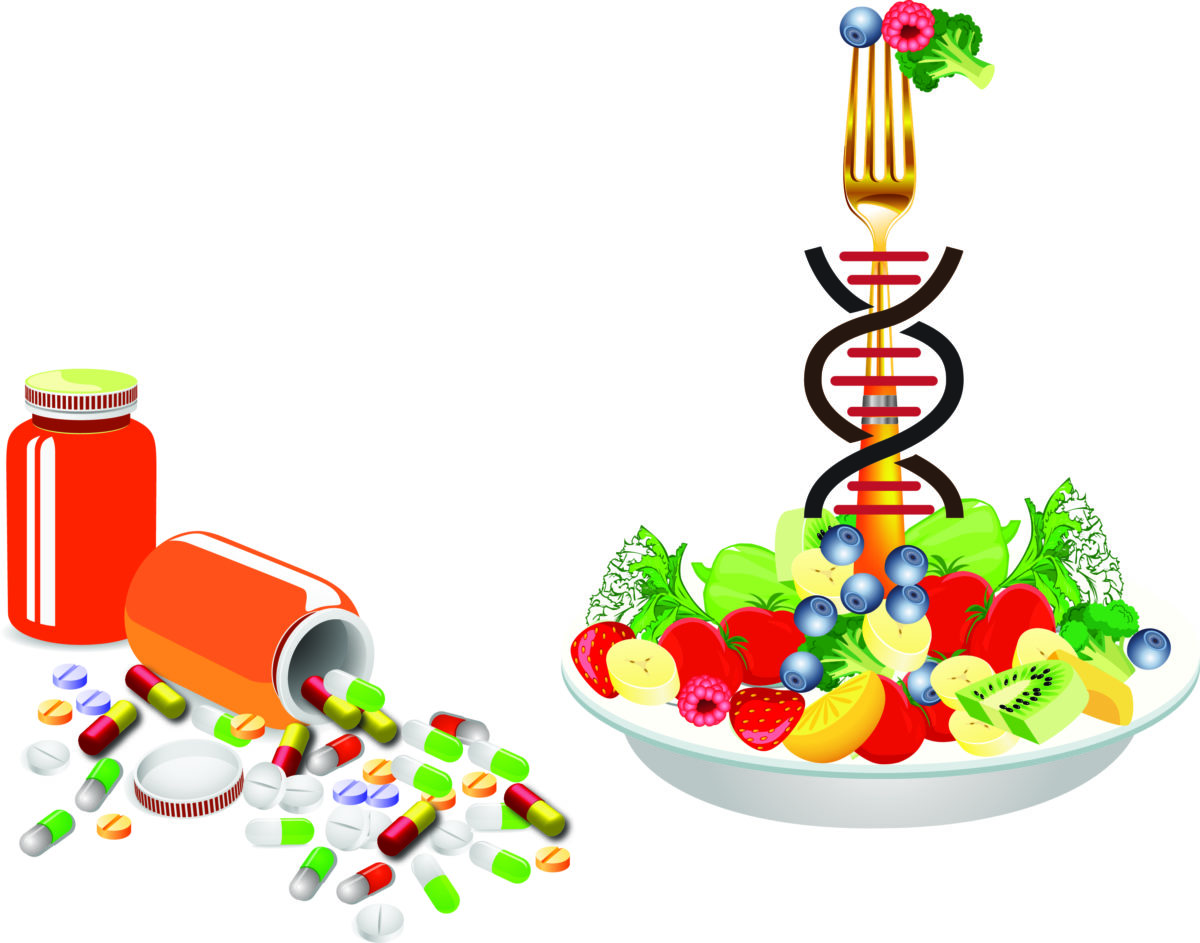GAINESVILLE, Fla. — Remote imaging can effectively detect a pathogen that endangers the $100 million-a-year Florida avocado industry – even before the trees show symptoms — University of Florida scientists say. Yiannis Ampatzidis, an assistant professor of agricultural and biological engineering at the UF Institute of Food and Agricultural Sciences, led recently published research that shows that multispectral cameras can …
Fresh From Florida in New York
By Breanna Kendrick The New York Produce Show and Conference in New York City is an important event for Florida growers. Deb May, trade development administrator with the Florida Department of Agriculture and Consumer Services (FDACS), says last month was her fifth time attending the annual show. Florida farm operators seem to be a big presence at this event, as …
Genomic Technologies for Breeding Better Crops
By Tong Geon Lee The rapid explosion of genomic data in studies of plant genetics and biology is revolutionizing crop breeding. This progress has been driven by advances in genomic technologies. While genomic technologies are becoming increasingly common to plant breeders and geneticists, there has been a call for building a shared understanding of these technologies between non-scientific and scientific …
Consumers Driving the Produce Industry
By Breanna Kendrick Consumers are driving what produce reaches the market. It’s critical that farmers are able to recognize these demands and are able to accommodate them. Jeff Stepanovich, with Florida Specialties LLC in Immokalee, Florida, recently visited the New York Produce Show in New York City to promote his business. There, he shared with AgNet Media what consumer trends …
An Avocado Tree’s Worst Nightmare
Laurel wilt could be considered an avocado tree’s worst enemy. According to Jonathan Crane, professor of horticulture and tropical fruit specialist with the University of Florida, laurel wilt was introduced in the United States in 2002 and made its way to Homestead, Florida, in 2012. Since then, over 100,000 avocado trees have been lost, equaling roughly 1,000 acres of production. …
Natural Gall Midge Management in Blueberries
By Alison DeLoach Gall midge has been wreaking havoc in blueberry crops across the Southeast. However, introducing more insects into your production system could help solve the problem. Renee Allen, area blueberry agent with University of Georgia Extension, recently spoke about the advantages of using beneficial insects that are natural enemies of blueberry gall midge. Blueberry gall midge destroys the …
Florida Brilliance Shines on State’s Strawberry Industry
For years, University of Florida scientists looked for a few characteristics in a more desirable strawberry. Among those traits was a higher yield in November and December — the early part of the Florida season when prices are highest. They also sought better fruit for the consumer. That meant a longer shelf life, better flavor, improved shape and other traits, …
Reducing Sour Rot in Wine Grapes
By Breanna Kendrick Three faculty members at the University of Georgia are working on a project to improve sour rot management in wine grapes. Brett Blaauw, assistant professor and Extension specialist in entomology, is among one of those working on the project. According to Blaauw, a small fly, the spotted wing drosophila, can attack healthy grapes and help transmit sour …
Southeastern Growers Kick Off 2019 at Industry-Wide Conference
Every year, the southeastern fruit and vegetable industry starts a new year together at the Southeast Regional Fruit and Vegetable Conference (SERFVC), and 2019 was no different. Thousands of growers, packers, shippers, industry leaders and educators gathered together in Savannah, Georgia, on Jan. 10–13 at one of the industry’s biggest regional events. Charles Hall, executive director of the Georgia Fruit …
Biofortified Fruits and Vegetables Bring Benefits
By Jaya Joshi Every morning, more than half the American population takes a multivitamin in the belief that the pharmaceutical industry has boiled down the benefits of bananas, sweet potatoes, broccoli and tomatoes into a pill. According to the National Health and Nutrition Examination Survey program, 10 percent of Americans rely on five or more supplements of some kind for …










